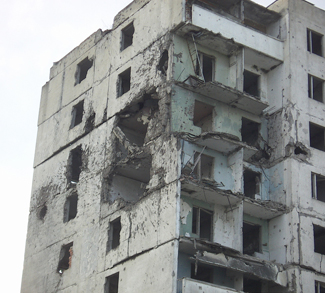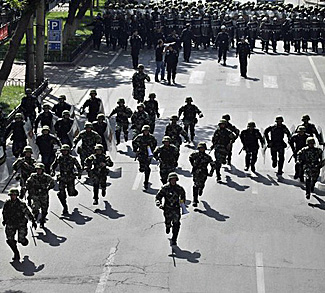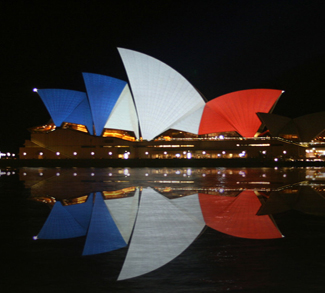After days of media ruminating on the identity of the Boston bombers, it emerged that the suspects are in fact of Chechen descent. What followed was a predictable torrent of simplistic characterizations, portraying the Chechens as a people with a long history of global Islamic radicalism. This is however false on a number of counts.
The Chechen people have a long and storied history of violent conflict with their Russian neighbours. Resistance to Russian rule is a chief component of Chechen identity, beginning with Peter the Great’s incursions into the Northern Caucasus in the early 18th century. Chechnya and Russia have fought a number of wars, the most prominent of which being the two devastating conflicts of the 1990s. Chechens have not forgotten Stalin’s forced expulsion of their people to Central Asia in 1944, which led to the deaths of nearly one fifth of all Chechens. This incident remains the single-most traumatic event in Chechen history.
Though fundamentalist Chechens have fought prominently in conflicts abroad (Former CIA operative Gary Schroen notes that Chechen fighters were among the most determined enemies in Afghanistan), these extremist groups hardly comprise a majority in Chechnya. While a Muslim-majority region of the North Caucasus, the variant of Islam indigenous to Chechnya is Sufism. Adherents to this mystic sect emphasize a personal union with God, and are noted for their reverence of Sufi scholars and saints. They have long been persecuted by mainstream schools of Islam and hardly fit the popular image of Salafi fighters waving the black flag of al-Qaeda.
Modern Chechen nationalism emerged, as with so many other post-Soviet nations, amidst the collapse of the Soviet Union. Led by former Soviet air-force General Dzhokar Dudayev (likely Dzhokar Tsnarnaev’s namesake), Chechnya declared independence from the nascent Russian Federation. Struggling to find its own footing, Russia’s institutional weakness allowed Chechnya to exist in a state of quasi-independence for three years, until a full-fledged Russian invasion took place at the end of 1994. The ensuing brutal guerilla war lasted until 1996, when Russian forces were finally withdrawn. The dominant form of Chechen nationalism was, as recently as the mid-1990s, a thoroughly secular movement.
It was not until the First Chechen War that foreign Wahabbi fighters, led by Saudi Emir Khattab, flooded into the region and established Chechnya as a regional hub for Islamic radicalism. Many chose to settle in Chechnya following the end of the war, which devastated traditional support structures in the area. This environment helped create fertile ground for Wahabbis to establish themselves as a political force. During the interwar period (1996-1999), Wahabbis attacked Sufi mosques and presented themselves as a solution for thousands of Chechens disillusioned with secular nationalism. Their power expanded to the point where Chechen President Aslan Maskhadov was forced to introduce Islamic law to appease them.
Chechnya has been largely quiet under the control of controversial pro-Russian strongman Ramzan Kadyrov, who has been in power since 2007. In contrast to Maskhadov’s presidency, Kadyrov’s tenure as president has seen a concerted effort at promoting a Sufi revival, exemplified by the construction of Europe’s biggest mosque in Grozny. This resurgence has been met by fierce resistance from the previously-dominant Jihadists, who view Kadyrov and his Sufi followers as little more than Russian puppets.
It is too early to tell whether the Tsarnaev brothers are directly linked to global Islamist networks. It is pertinent, however, to remember the relatively short history of violent Islamic fundamentalism in Chechnya. Viewing the region through any other prism would be to make the same mistake that Kremlin policymakers did nearly twenty years ago.




